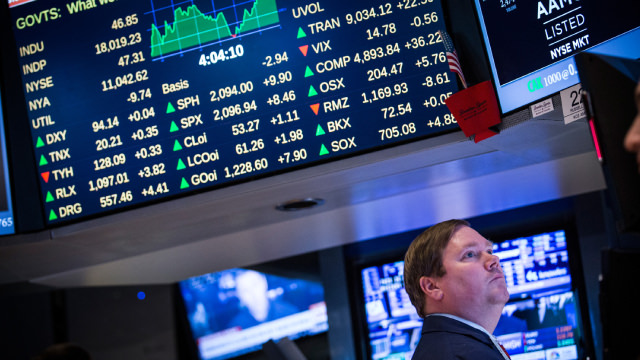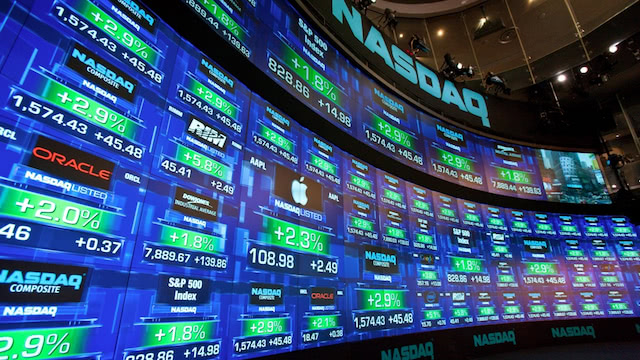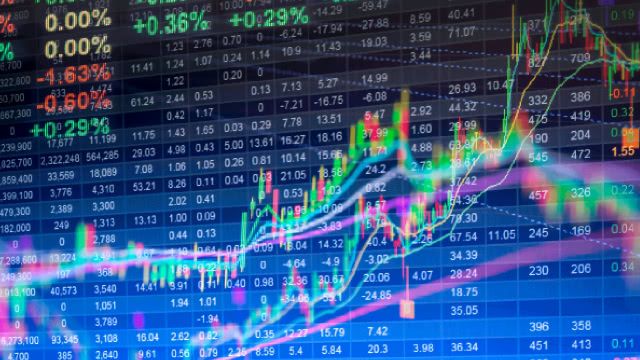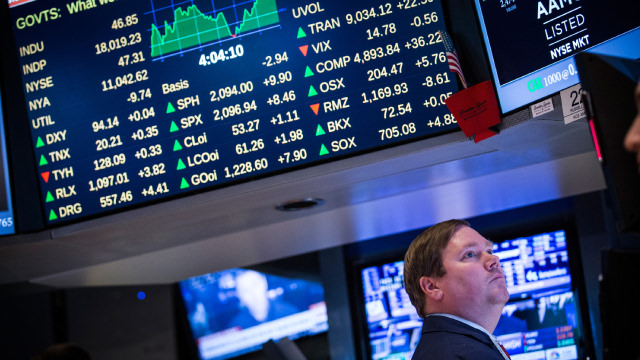SGOV Stock Recent News
SGOV LATEST HEADLINES
SGOV is a simple, short-term Treasury ETF with minimal duration, exceptional credit quality, and near-zero volatility - ideal for cash management. The 0.09% expense ratio is among the best in its category, making SGOV a cost-effective choice for parking cash. I use SGOV and similar Treasury ETFs as cash alternatives for personal, business, and portfolio idle funds, rather than chasing bank rates.
SGOV is designed for low-risk, highly liquid cash management, offering slightly higher returns than a bank account with minimal credit and interest rate risk. It's not a tool for long-term capital growth, but ideal for parking emergency funds or short-term savings within a balanced portfolio. SGOV's structure ensures easy access, negligible spread, and virtually no risk of a redemption cascade, making it reliable in both normal and stressed markets.
ETFs saw $19B in inflows last week, led by fixed income, with XLC, VOO, IVV, VCSH and SGOV topping the asset creation list.
Market uncertainty and high short-term yields put money-market ETFs like MINT, NEAR and ICSH in the spotlight for income and stability seekers.
The highly anticipated 'duration trade' in long bonds like TLT has underperformed despite the Fed lowering rates by 100bp since their peak. TLT's price hasn't rebounded as expected because its yield hasn't shifted enough, even though short-term rates have declined. In fact, YoY, long rates have risen! I've consistently favored the short end of the curve, particularly the SGOV ETF, which has provided reliable returns during this period. I continue to endorse it moving forward.
Mid-2025 is approaching, and exchange traded fund demand continues its robust growth. Last year was a landmark year for the ETF industry, with industry net inflows for the first time surpassing $1 trillion and one ETF exceeding $100 billion in net inflows.
Bond ETFs like AGG and SGOV led inflows last week as Treasury yields dropped and equity ETFs saw outflows.
Here are some of the top funds that investors can purchase now to get involved in the short-term U.S. treasury market.
Roundhill Weekly T-Bill ETF offers weekly income from 13-week T-bills, but charges a high 0.19% fee, making WEEK less cost-effective. iShares® 0-3 Month Treasury Bond ETF provides similar ultra-short Treasury exposure with a lower fee and monthly payouts, tracking an index passively. For investors who can look past the extremely short history for a weekly payout, the WEEK ETF gets a Buy rating. For others, I stick with the SGOV ETF.
Investors are increasingly betting on higher long-term U.S. Treasury yields, due to growing concerns over the nation's rising debt and widening fiscal deficits.









